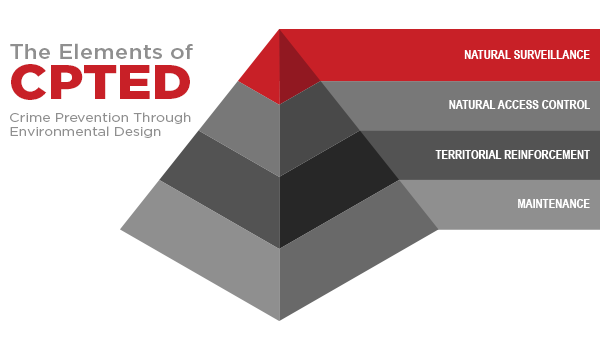Exposure to general liability claims is probably one of the biggest headaches for any construction site or property manager. Because even if you think you’ve checked off everything on your list of mandatories, there are unexpected variables that can curveball their way in and strike unexpectedly. You’re probably thinking, “Well we carry general liability coverage so we’ve got all of our bases covered,” but a lawsuit will still cost you legal fees which by itself can easily exhaust much or all of your insurance limits. In many states such as California, liquidated damages are uninsurable by law. Replacing an outdated or poorly designed surveillance system will sooner or later pay for itself. Consider the intangible deterrence value from losses outside of lawsuits when your property inside and out is evident to be well surveilled. Is foregoing the investment of an overdue upgrade worth the gamble when your business is at stake for perhaps less than your insurance deductible? Indisputable video evidence can be priceless.

A safe and secure site
According to the Occupational Safety and Health Administration (OSHA) guidelines, property and construction site managers are required to maintain a safe environment for everyone that steps onto their site, even intruders. OSHA directives include securing active zones by posting warning signs, clearing hazards, replacing broken equipment, providing personal protective equipment, and emergency situational training for all employees. Should your site be the cause of an accident, your property damage coverage may have to pay for damages, medical bills, and other costs. This doesn’t even include potential coverage of legal fees if an employee or guest files a lawsuit related to the incident.
For this reason, construction site managers spend much of their time and energy on reducing safety risks and managing liabilities, following strict processes and procedures in effort to comply with industry and government regulations. This ensures that risks are minimized and mitigated, and their project schedules protected and uninterrupted.
CPTED

In cases that involve intruders and burglars, construction site and property managers must be vigilant with establishing security and safety postures. They can do this by implementing a CPTED (Crime Prevention Through Environmental Design) strategy. A concept introduced in the 1960s and developed over consecutive decades, CPTED (pronounced ‘sep-ted’) uses physical characteristics of the property, the building(s), landscape and hardscape, combined with physical security like fences and locks to secure the site by its very nature. Sightlines are improved, ingress and egress are directed and controlled, and attendance at the site or property is more easily managed overall.
How video surveillance can help
In claims investigation and legal proceedings, proving who is responsible and accountable can be the biggest challenge. Video monitoring and video surveillance recording provide forensic evidence of the crime, identifying who is responsible. Video monitoring enables operators to use cameras in real time, so when they see an intruder on the construction site or property they can immediately deliver a voice-down warning through a PA system, while local law enforcement is alerted concurrently in case of noncompliance. Further, intruders and would-be criminals are not the only threats to your site or assets. There are litigious employees willing to fake injuries or cause damage on the property in hopes of filing a lawsuit. With video surveillance, video evidence is recorded and stored on servers or in the cloud which can be accessed for review. When properly handled, video can provide indisputable evidence in case of a lawsuit.
Things to consider before taking the next steps
Not all video surveillance integrators are created equal, and hiring an inexperienced company without a track record of success can lead to undesired results. To learn more about how we provide video surveillance, reach out to us for a free consultation and assessment.
Reach out to us and learn more about the Sierra Group difference, here.
Email: service@callsierra.com
Phone: 1-(888)-880-4949
Fax: 818-474-7795







